Let's do some potting!
>> Saturday, January 29, 2011 –
bamboo rhizomes,
cuttings,
mexican petunia,
planting
I received those bamboo rhizomes the other day and I've got some plant cuttings rooted in water that I've been meaning to get into some soil, and since the temperature outside is about the same as the temperature in the garage (low to mid 40's F) it seems like the perfect day to do some potting. Yes, I could pot these up in the garage any day, but it's much nicer and simpler if I can leave the garage door open for more light and easier access to pots that I left outside this winter.
Here are most of the components, so let's jump right in!
These Plectranthus 'Cerveza n Lime' cuttings should have been put in soil at least a month ago, and they're looking pretty sad. I hope they're not too rotted and will still root out:
The Tradescantia zebrina ("wandering Jew") will be fine. I've got cuttings that have been left out in the air for several months and they still look fresh. This plant is tough!
But I'll be starting with the bamboo rhizomes, because I'm really eager to see what they look like. I've only peeked into the bag so far, so step one is to dump them out and take a look:
Three rhizomes! In order for them to survive and produce new plants they need two things: plenty of roots, including the fine feeder roots, and buds. There are definitely plenty of roots, but what about buds?
That one has a couple of obvious ones that will be producing shoots this year.
The second looks good too:
What about the third one? It has a large amount of roots, but I don't see any buds:
Ah, there's one. I knew there must be some in there somewhere:
It's the small pinkish nub in the center of the image. Without buds the rhizome wouldn't be able to produce either culms (canes) or other rhizomes, so it wouldn't produce a viable plant. All three of these should be fine though, and I think that third one has more than the one bud. The more viable buds the better, as the plant can produce multiple culms and/or rhizomes, and get bigger faster. Starting plants from rhizome cuttings is not always the fastest way to get a good-sized plant.
I'll drop these into some pots:
It may be warmer today, but the outdoor garbage can full of used potting mix is pretty well frozen, so I have to do some chopping:
I'll also mix in some bagged topsoil (not frozen -- was in the garage):
and some organic lawn fertilizer, as the potting mix is most likely devoid of nutrients:
Then it's just a matter of filling the pots, making sure the soil gets underneath. Air pockets are bad, since roots won't survive in them.
Sometimes it's hard to choose which way to put the rhizomes into the pot. They were growing horizontally before they were dug, and although the shoots will reorient upward when they start growing, I'd rather have them pointing in the generally correct direction.
So the pots have been filled with soil, and these are ready to wait for spring:
I want to keep them pretty cold because I don't want them shooting for a few more months. I'll put two in the garage closest to the door and one in the unheated greenhouse. That should keep them dormant until they can live outside.
So that's the big job done -- moving on to the smaller plants:
You'll see that bright red background in a lot of my photos when I'm potting. That's a plastic "saucer" style snow sled that I bought new for $5 or less a few years ago specifically for this task. It's a great portable potting surface, and I use it whenever I know I'll be making a mess.
These mexican petunia (one of my favorite plants from the past year) cuttings have intermingled their roots:
Again, I should have potted these a month ago at least. I tried to gently pull them apart, but in the end had to cut them apart with scissors. That shouldn't be a problem though, as these appear to root really easily.
So that's all of the cuttings potted up. These cuttings have been just barely surviving, but I expect them to start showing signs of new growth in a week or two.
One of the mexican petunia cuttings has some evidence of mealy bugs -- the white powdery stuff:
So I'll have to spray that with some insecticidal soap soon. Maybe I'll stick them under the microscope first though...
I've got a couple more things to pot up today. Here's what looks like a little bulb or corm (I admit I really don't know the difference between the two):
It's a surprisingly healthy corm from my ZZ plant that slowly died over the past year. I managed to salvage one small section of the plant recently and I'll update you on the progress of that soon, but this bulb was buried in the bone-dry soil of the original pot. There may be more in there, but I haven't poked around yet.
I'll bury it slightly, give it some water and see what happens:
I'll wrap this up today with a small clay pot:
and some I-don't-know-how-they're-still-alive green onions:
It seems like I just recently posted about these, but it's been quite a while -- almost 2 months! They've been living in water (with a little fertilizer once a month or so) for much too long. A little used dryer sheet scrap keeps the soil from falling out of the drainage hole:
Then it's add the soil, and done:
These aren't meant to stay in these tiny pots permanently -- they'll be on the kitchen counter for a couple of months, then will either go into larger pots on the deck, or into the vegetable garden.
So that's how I spent my lunch break today, playing in potting soil. It was a blast!
This has been a long post, but I feel like there's something I've forgotten. Hmmm...
Oh, I know what it is!
Don't forget to label your plants that are not easy to identify by sight! Yes, you may remember for a month or two, but by the middle of summer if you're like me you'll have completely forgotten.
My favorite plant tag is a short length of cheap vinyl mini-blinds written on with regular pencil. It won't wash off in the rain but can be rubbed off (with some effort) won't fade from sunlight, and you can make hundreds of them from that single broken mini-blind your neighbor threw in the garbage.
The only drawback: some raccoons think they are delicious. That's why I make the tags hard to find by pushing them almost completely below the soil in the pot.
More tomorrow -- and every day!
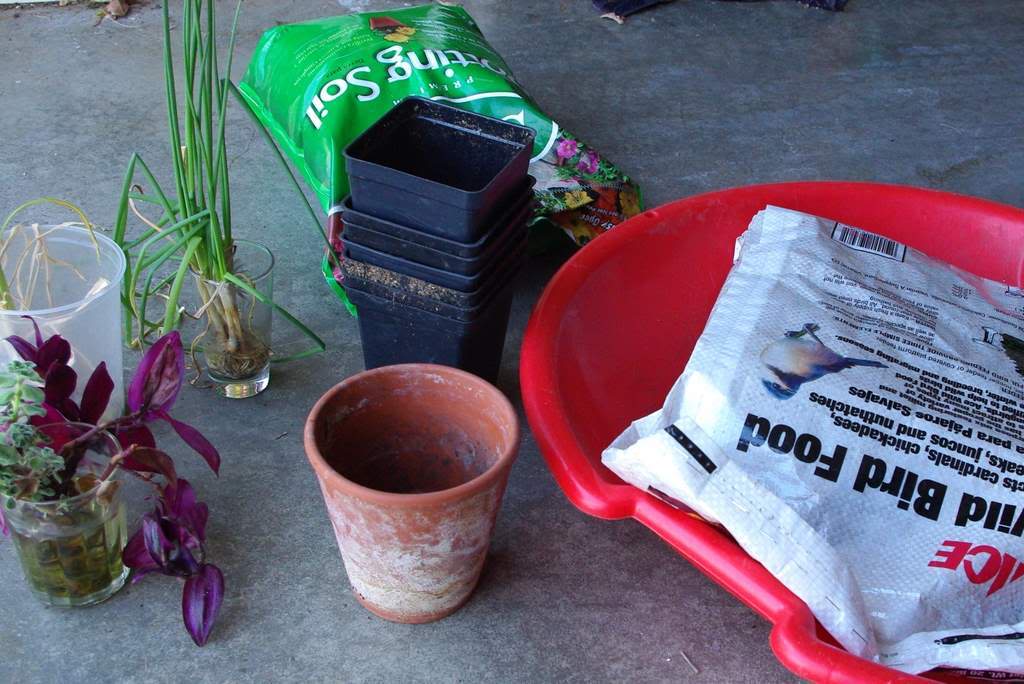

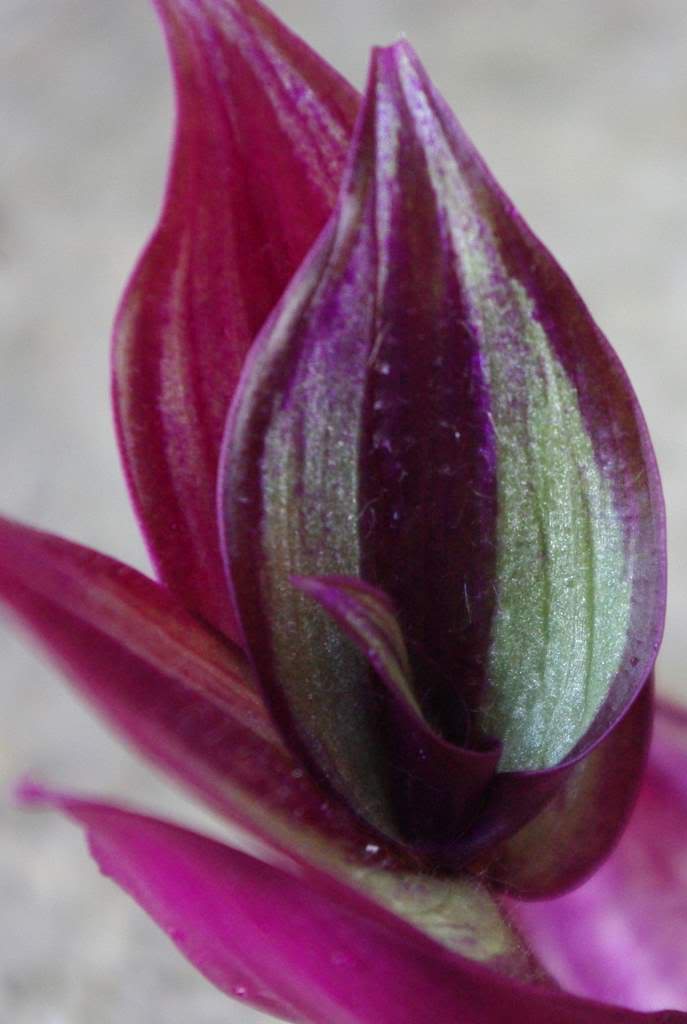
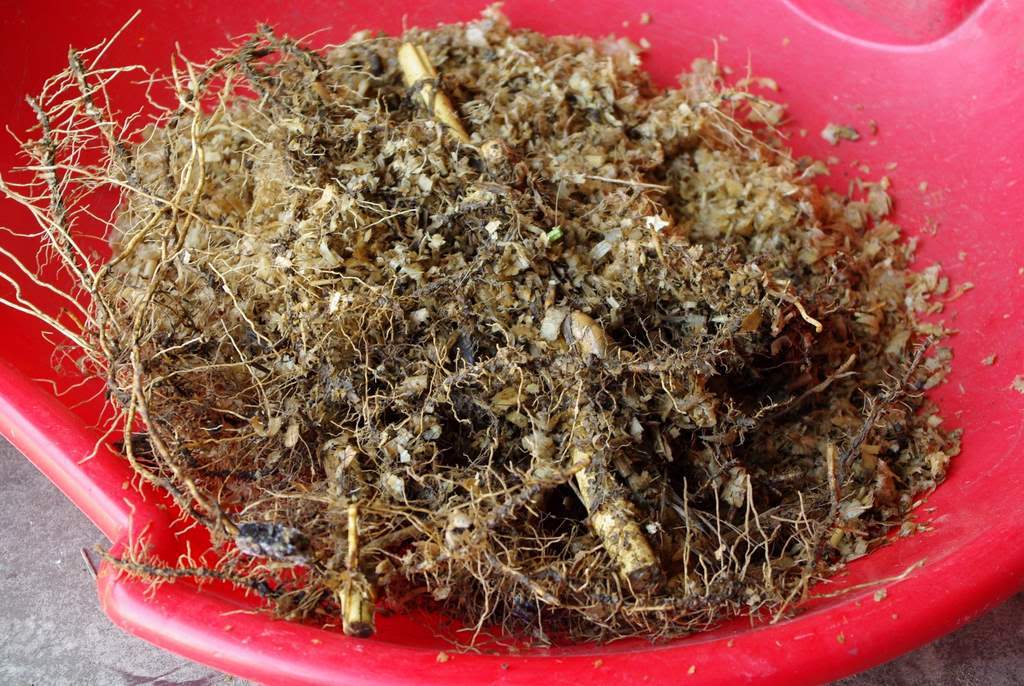

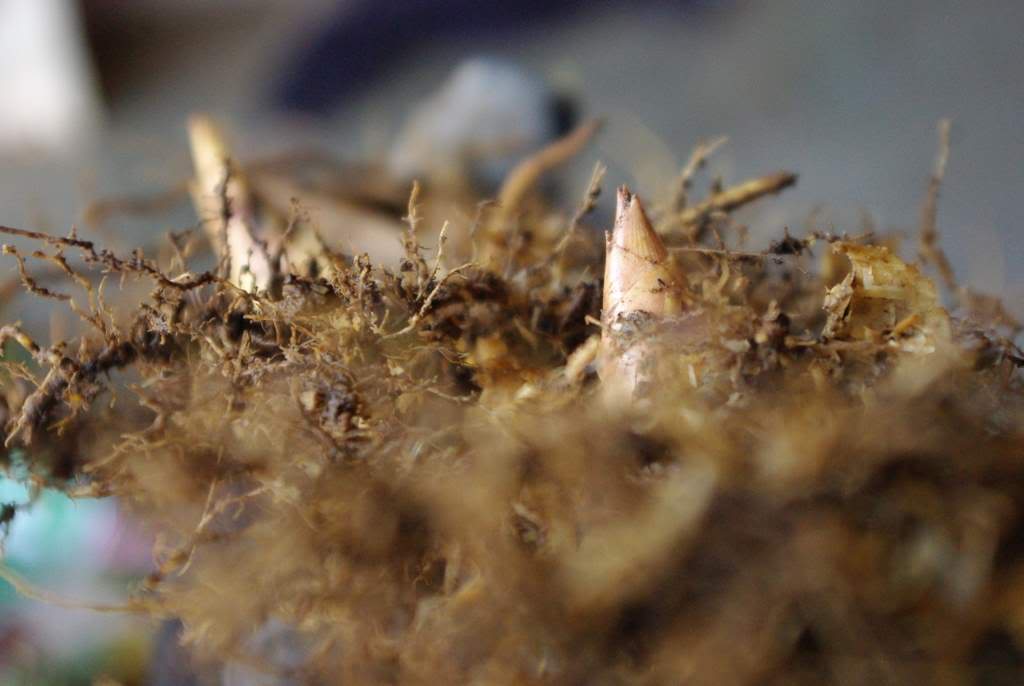

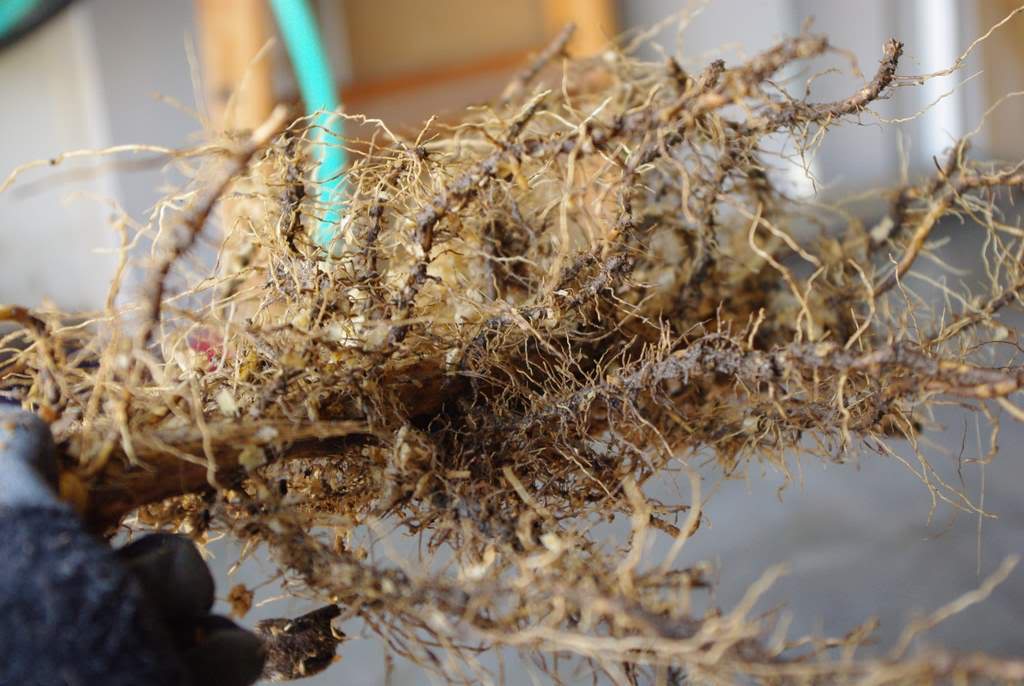
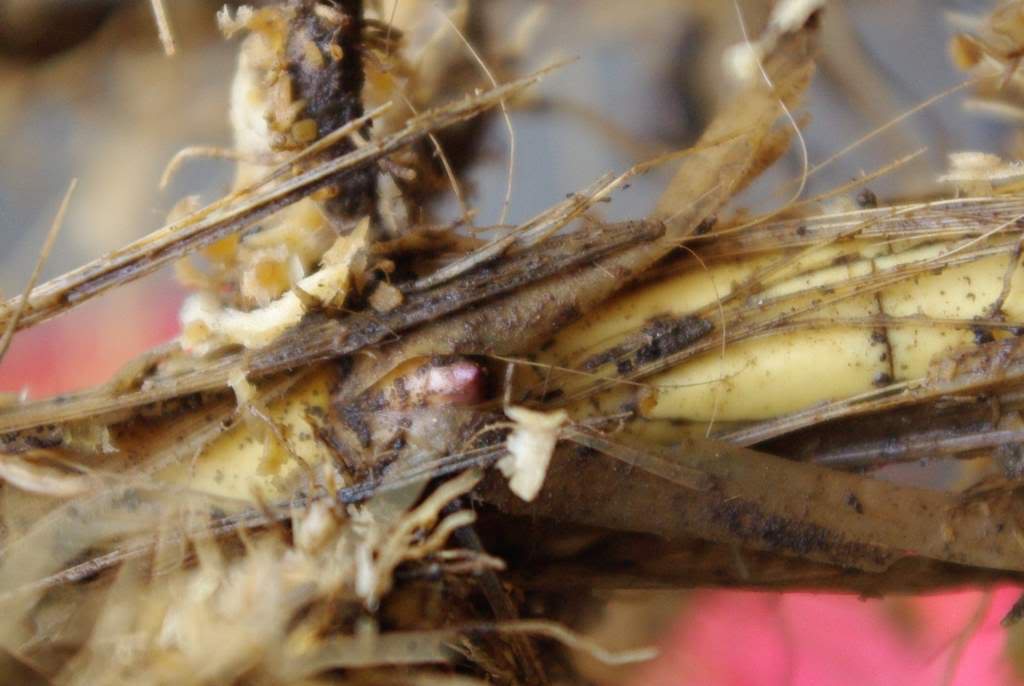
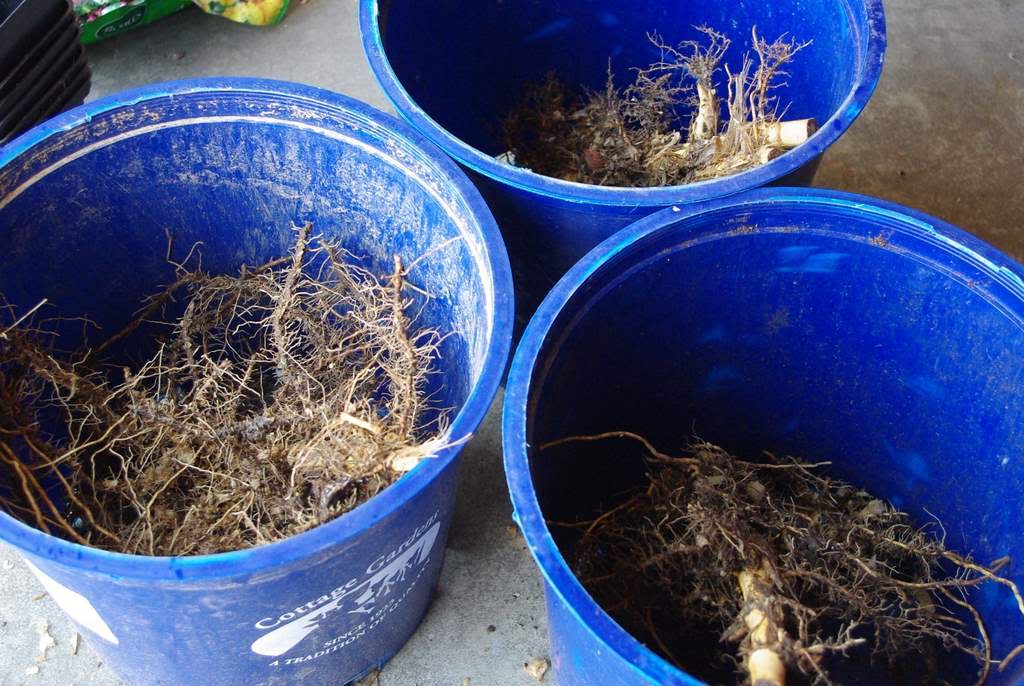
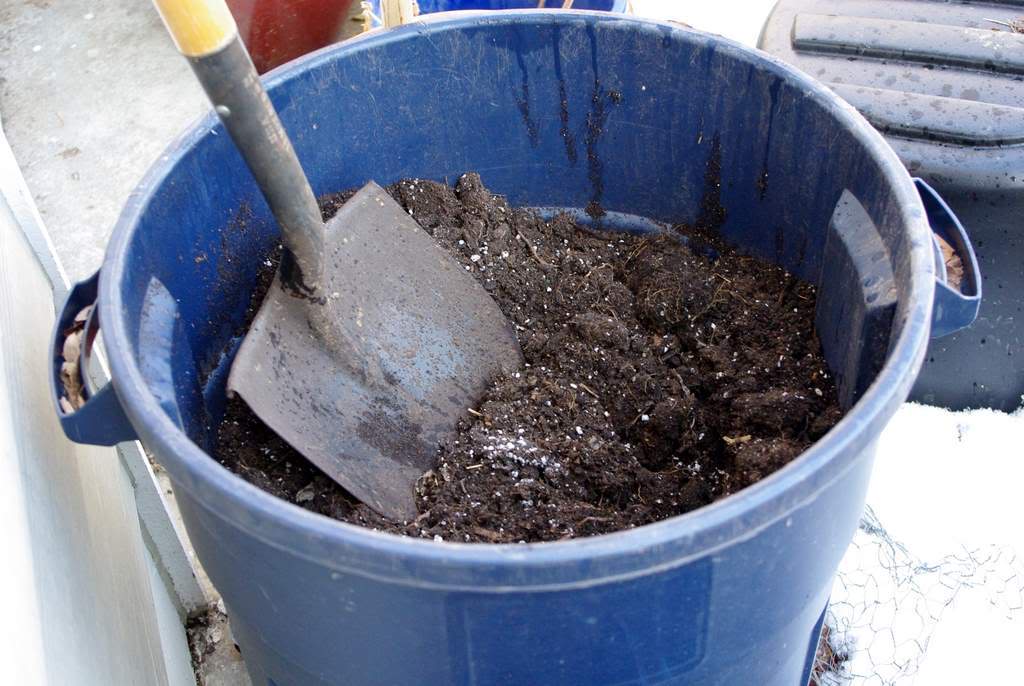

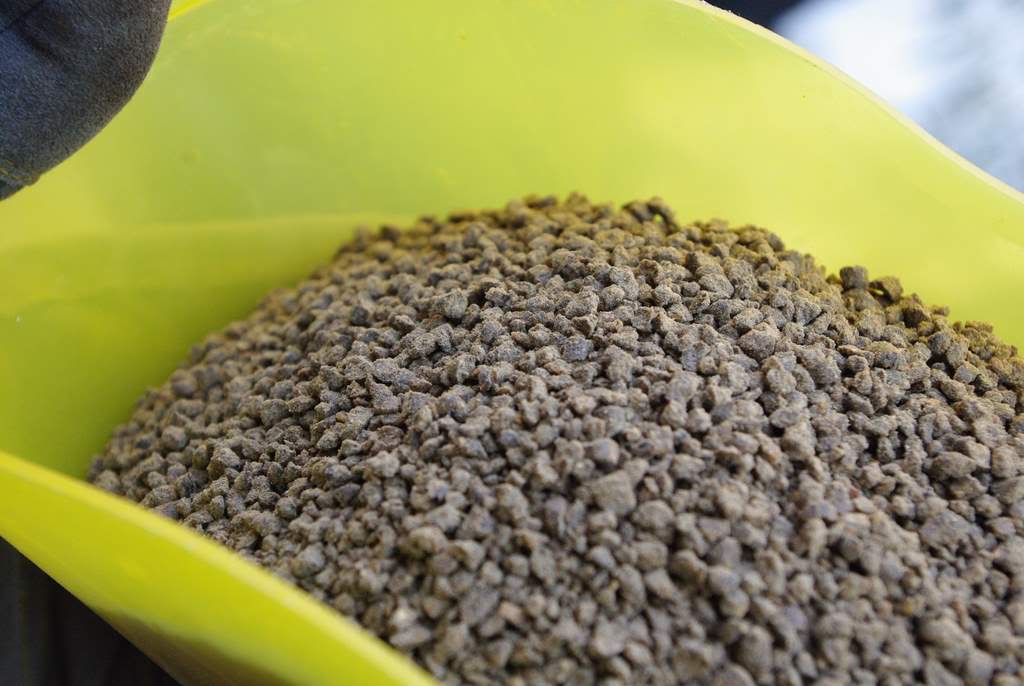

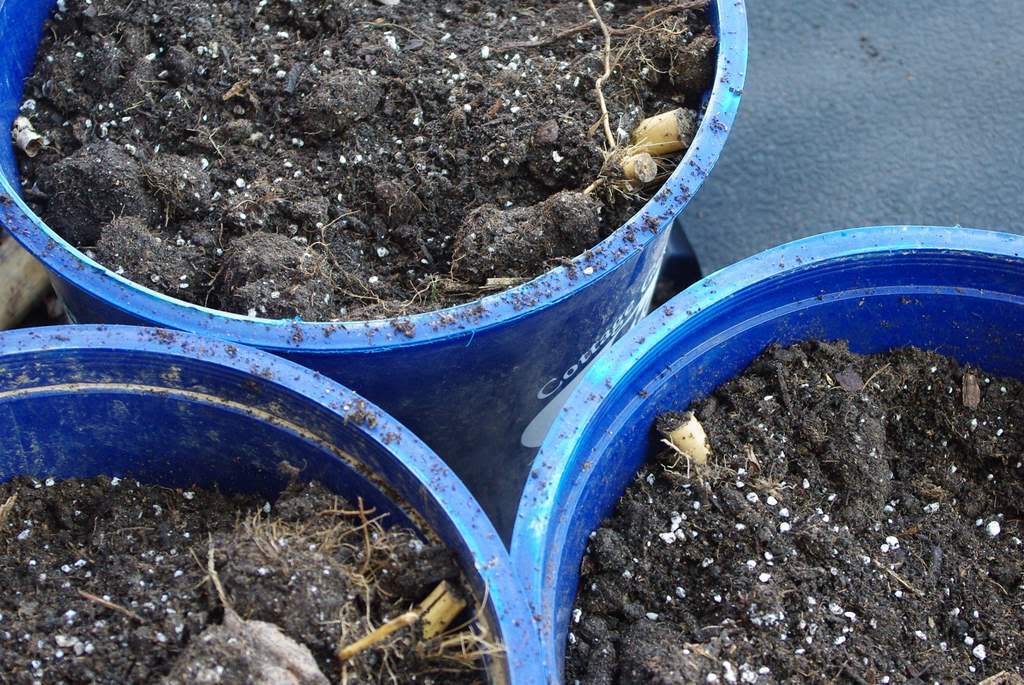
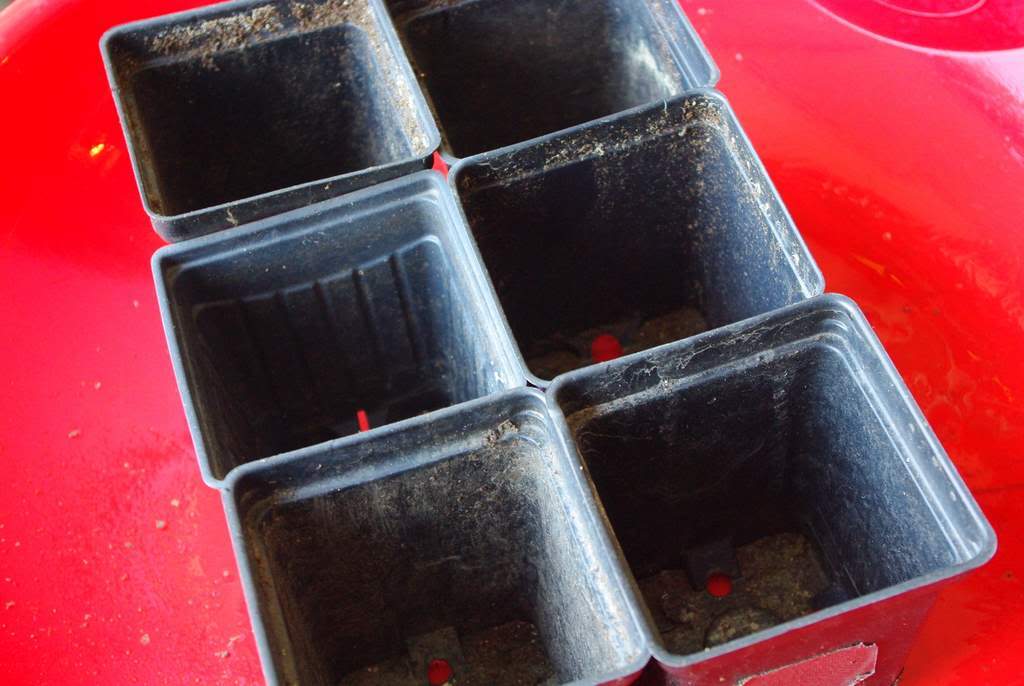

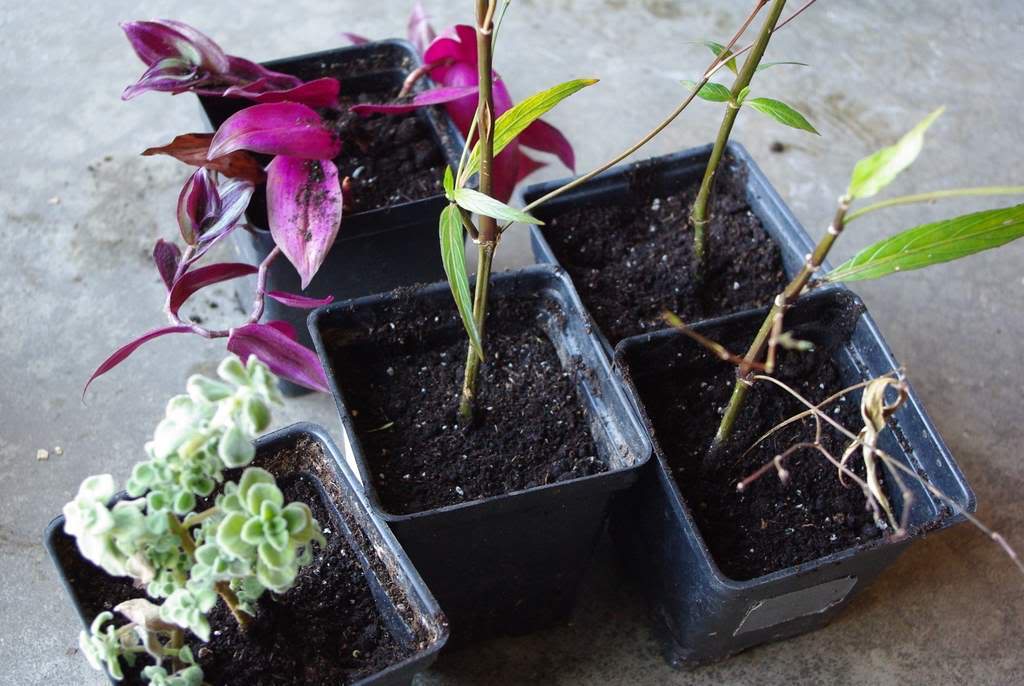
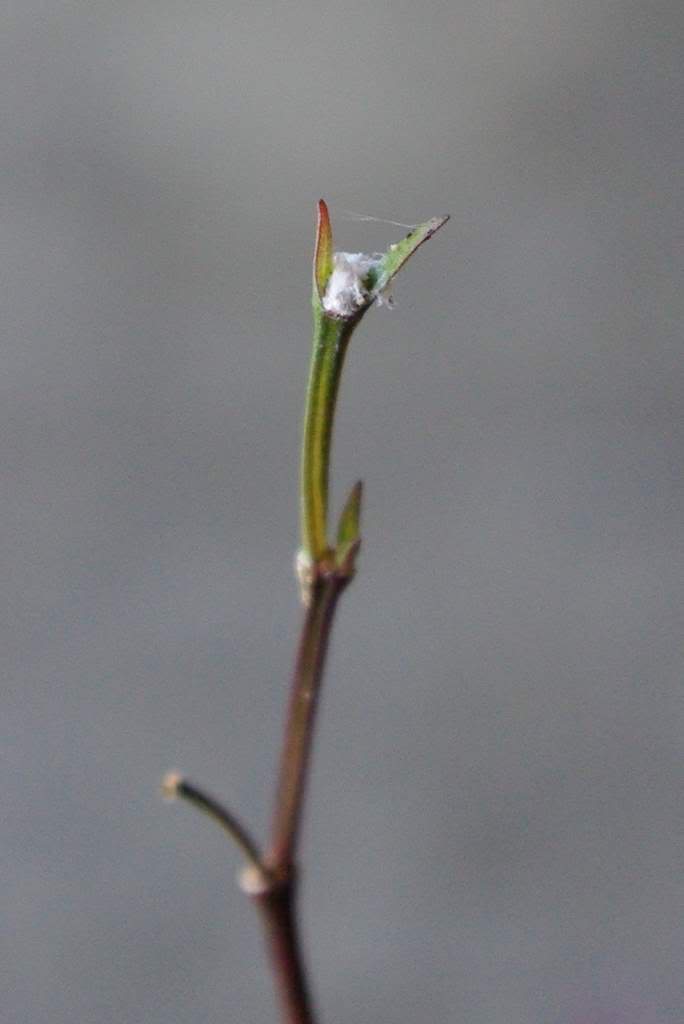
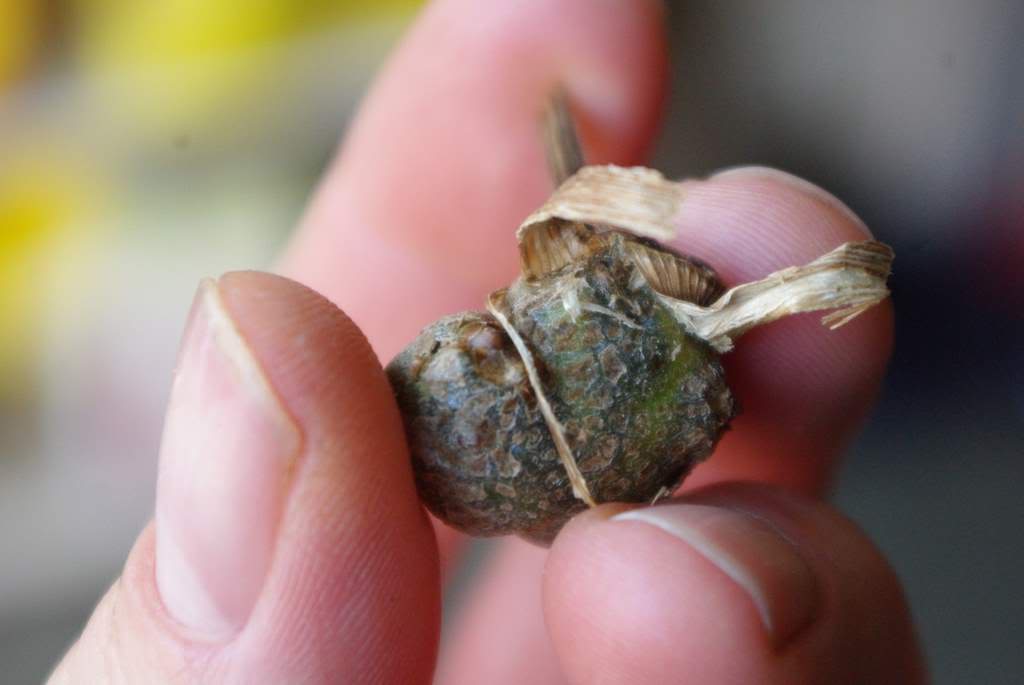
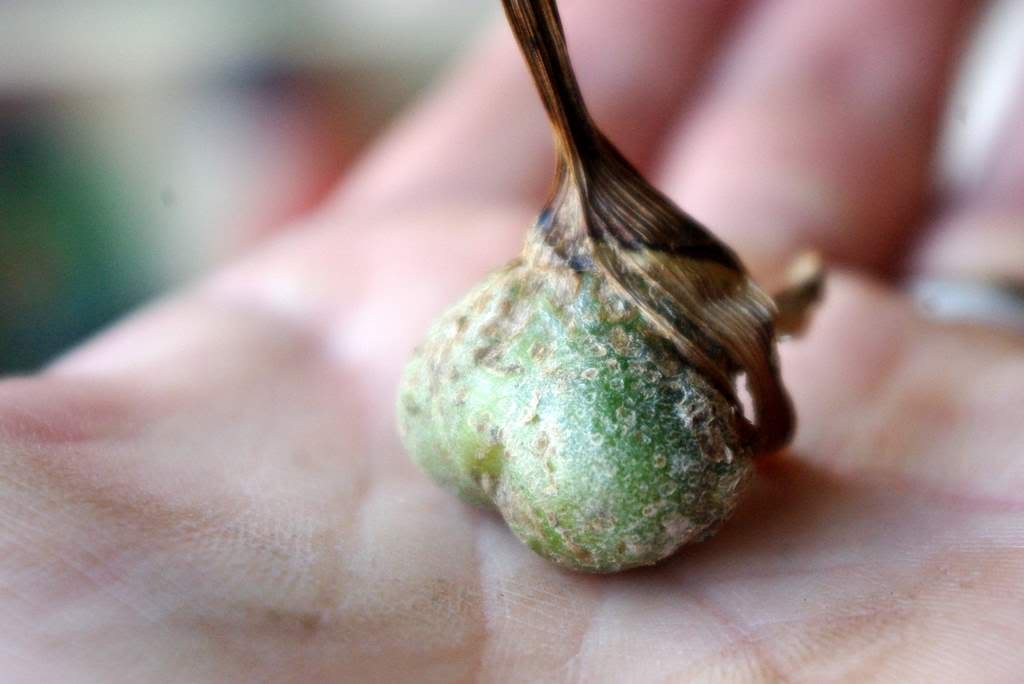
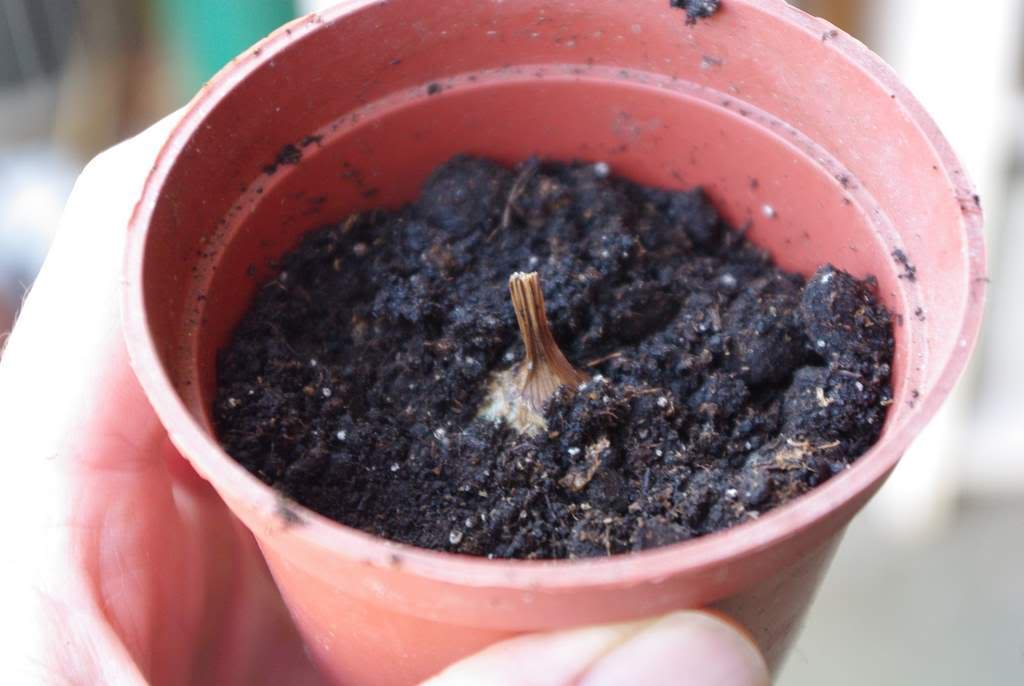
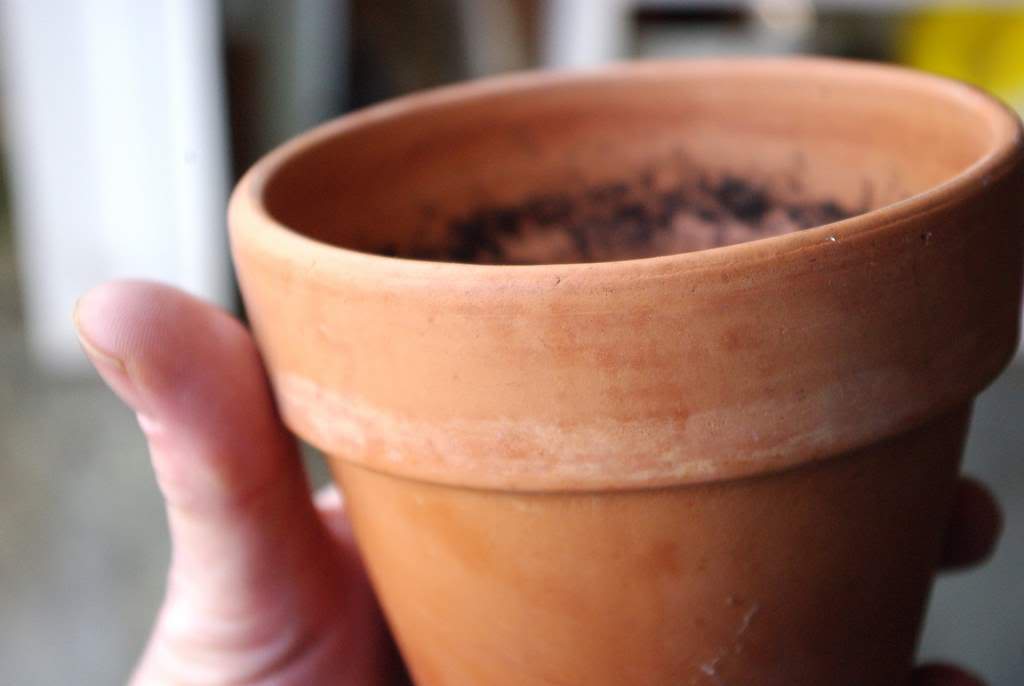
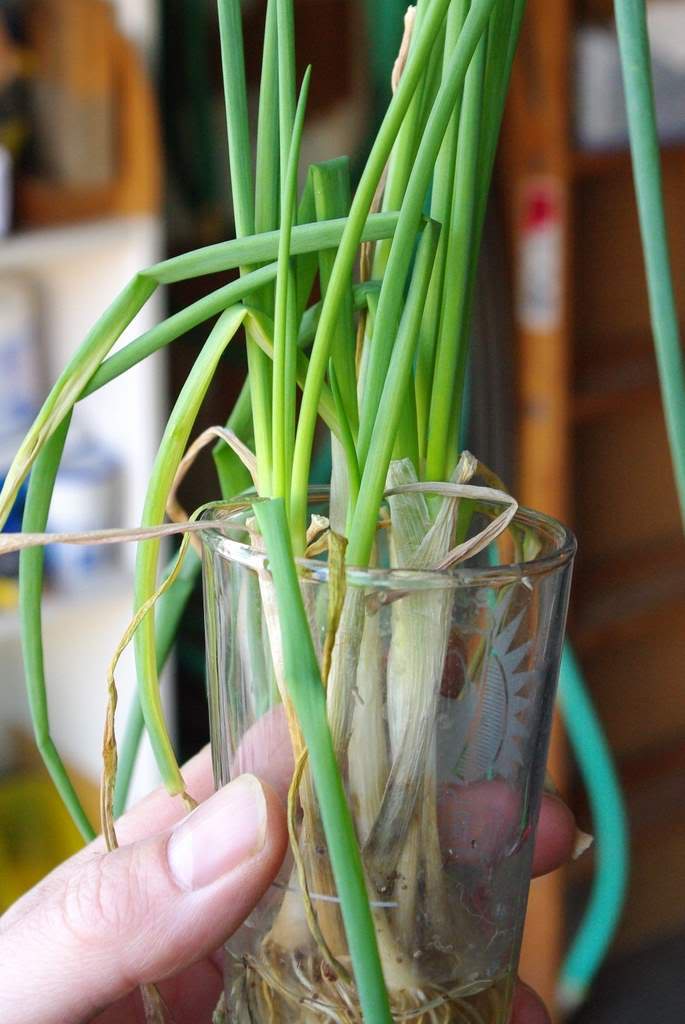
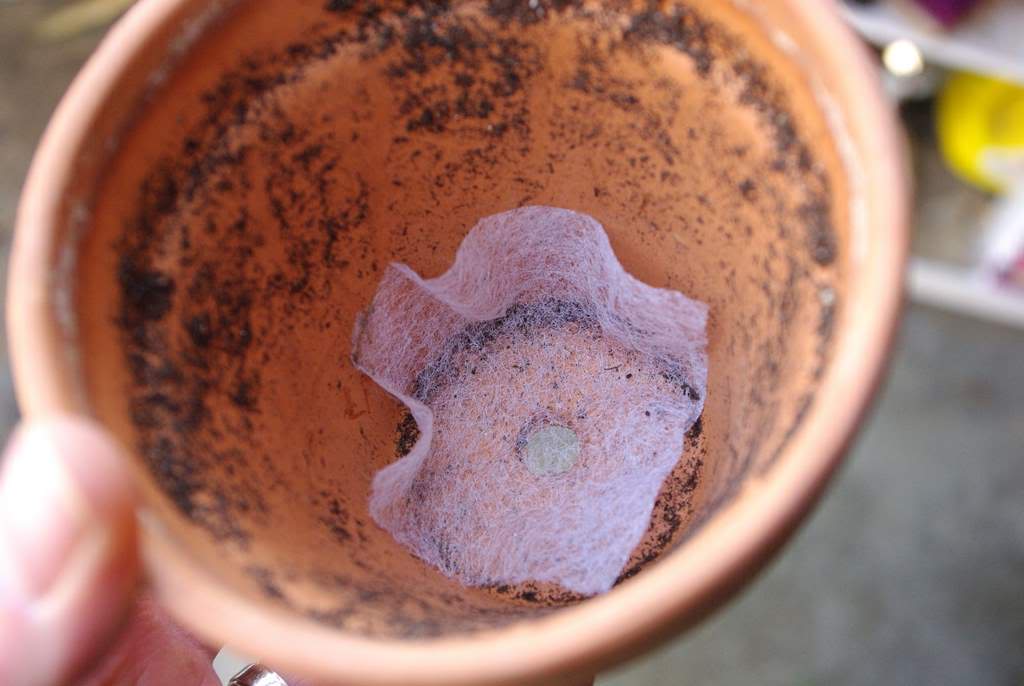
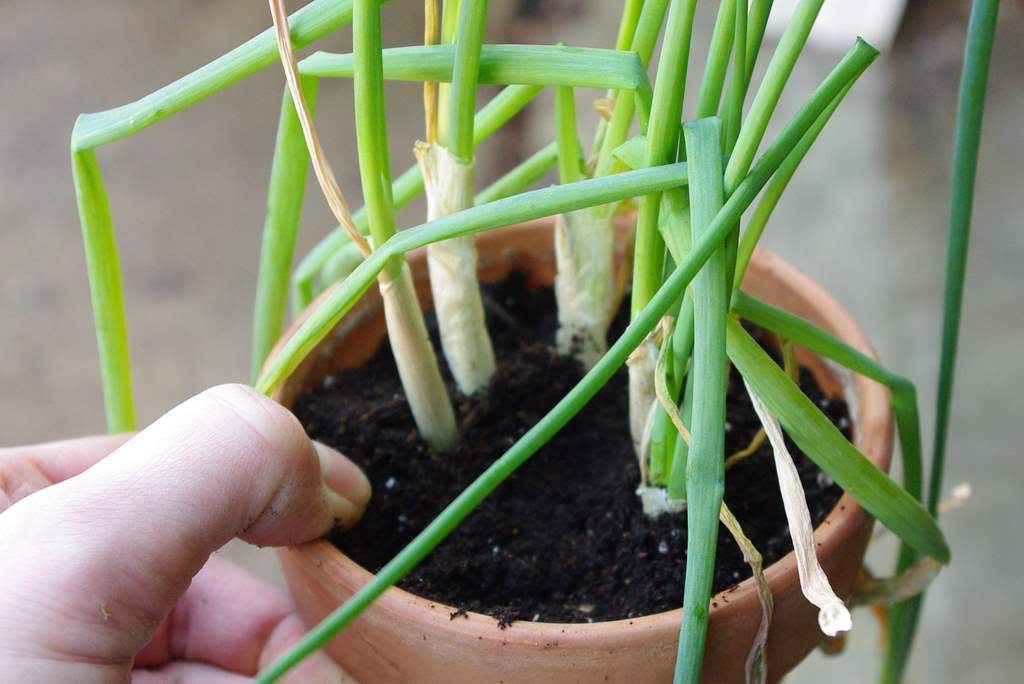
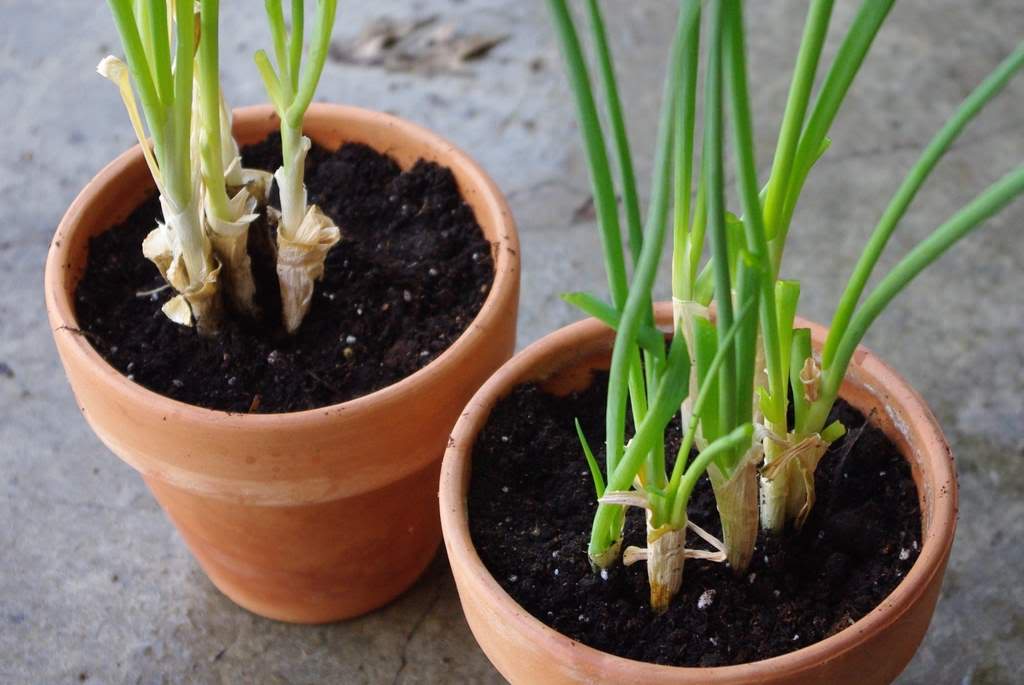
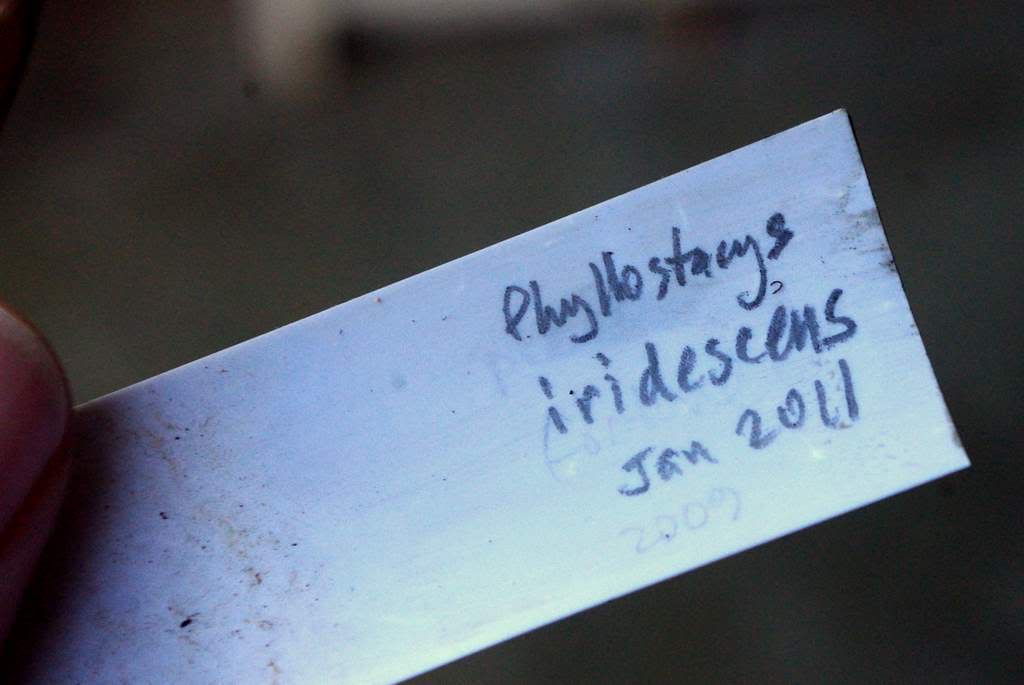





Excellent post all around. I love how you repurposed that snow saucer. I'll keep an eye out for one. Stuff like that isn't easy to find because, well, it never snows around here.
I don't think I've ever seen a Phyllostachys iridiscens. It seems to have very subtle striping on the culms.
We had a ruellia (Mexican petunia) before we added on to our house. It was gorgeous and bloomed for months on end. I've got to get another one because I do love the flowers. It's hardy here so it's pretty much a plant-and-forget-about-it plant.
:: Bamboo and More ::